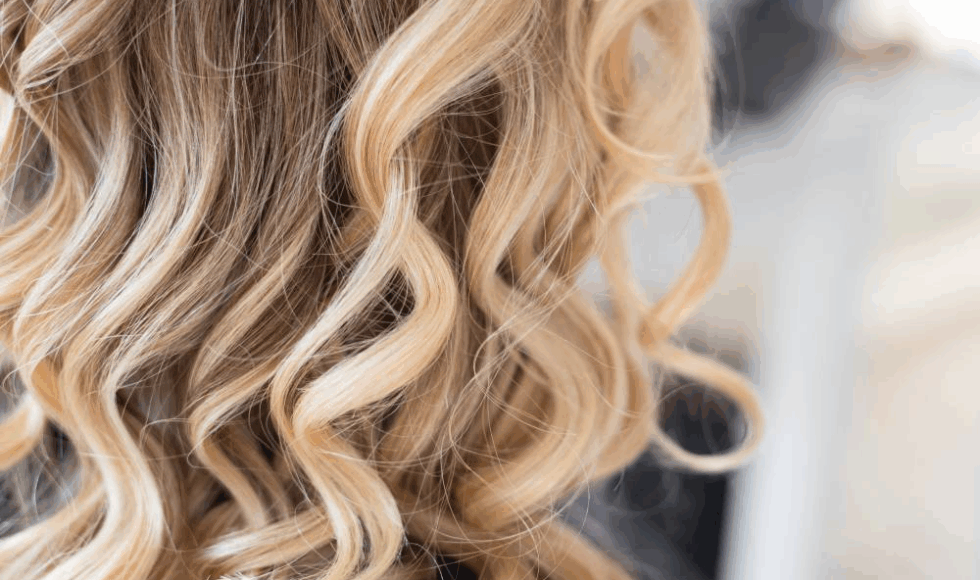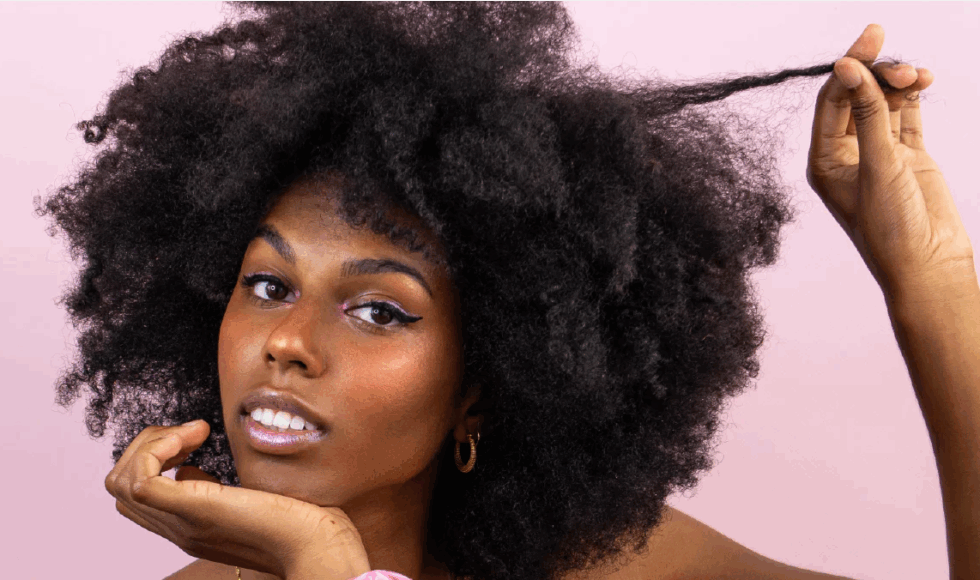Itching is a common and expected reaction after a hair transplant, often triggered by the formation of scabs and the regeneration of newly implanted follicles. Although this stage is part of the natural healing process, it’s essential to be mindful of several key points to avoid complications and ensure a smooth recovery. What Can You...
Thin hair requires specific care since it’s more fragile and often lacks volume. The right products and styling techniques are essential to prevent weighing it down or drying it out. Ready to transform your hair into a fuller, more vibrant mane? Why Are Thin Hair Flat and Lacking Volume? Thin hair is often associated with...
Have you noticed the appearance of yellowish or whitish patches on your scalp accompanied by persistent itching? It might be psoriasis. Scalp psoriasis is a chronic inflammatory skin condition that affects about 2-3% of the global population. While it’s not contagious, in severe cases, it can significantly impact daily life, making it a condition that requires serious attention....
Maintaining well-hydrated hair is crucial to preserving its health, shine, and flexibility. At the core of this process lies the hydrolipidic film—a fine protective layer covering the scalp and hair shafts. This natural barrier plays a pivotal role in safeguarding moisture and protecting against external aggressions. In this article, we delve into the essential function...
Let’s begin by understanding what sets afro hair apart from other hair types, like Caucasian hair. Afro hair, with its corkscrew shape, doesn’t emerge from the follicle as easily as straight hair. This is why it differs so much from European, straight hair that grows “straight out.” An afro or curly hair grows closely to...
More women are choosing the natural hair transition to reclaim the true texture of their hair and embrace healthier, more sustainable products. Say goodbye to silicones, sulfates, chemical dyes, and flat irons! The goal is strong, shiny, and healthy hair. However, the journey requires patience as your hair adjusts to a new routine, and the...
Our hair reflects our health, emotions, and of course, our age. Baldness, graying hair, and thinning strands are visible signs of aging. Over time, hair becomes drier, dehydrated, and loses density. Fortunately, there are natural solutions to combat these effects of aging hair. Just like our skin, hair requires nutrients to stay healthy. Hair follicles...
Hair loss at the vertex, or crown of the head, is a common concern for many individuals, particularly men dealing with male pattern baldness. However, this area presents unique challenges due to its specific characteristics, including a reduced blood supply compared to other parts of the scalp. This vascular difference directly affects the outcomes of hair transplants in this...
Hair transplants for the temples, also known as the frontal lobes, are among the most common procedures in hair restoration, especially for men. This procedure is designed to address a receding hairline, correct an excessively high forehead, and ultimately rejuvenate the face by enhancing the hairline. What Are the Temples? The temples, or frontal lobes, are the areas on either side...
When it comes to hair care, misinformation is everywhere. Many people still believe in old myths that can affect how they take care of their hair, leading to poor routines or false expectations. One common myth is that cutting your hair frequently makes it grow faster. In reality, hair growth is controlled by genetics, not...











